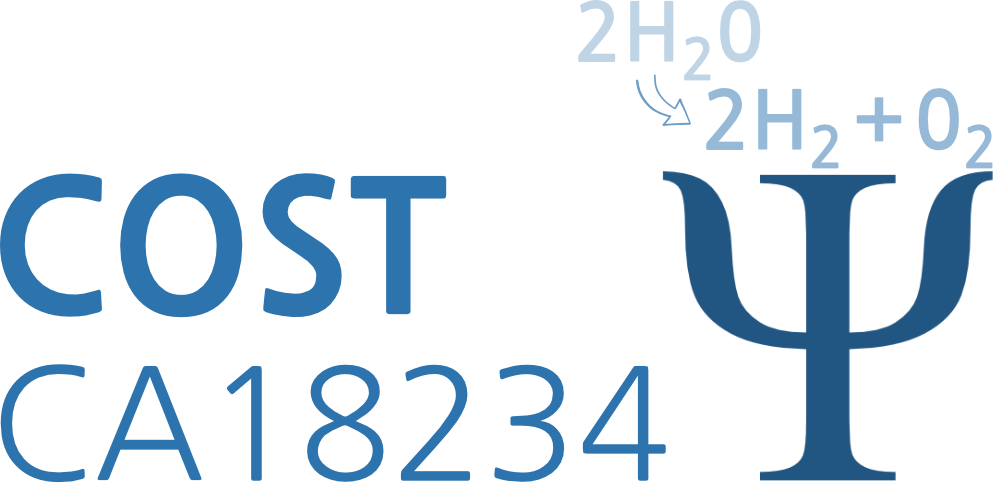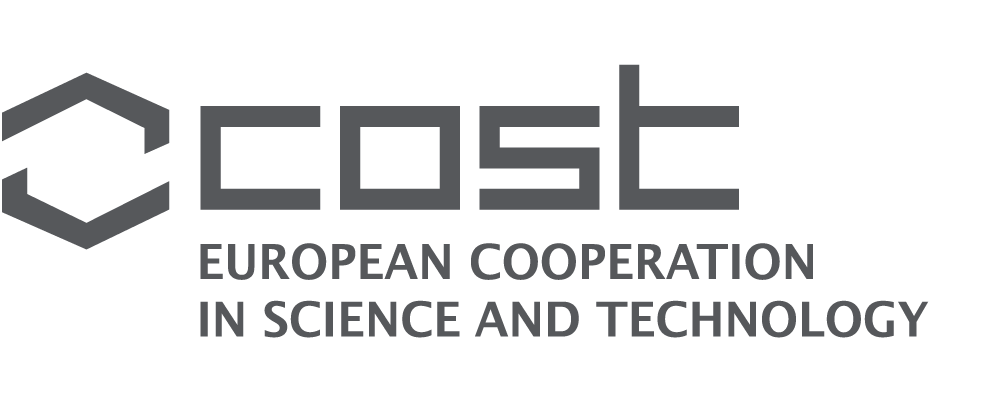Modern society in Europe needs a source of energy that is generated without harming the environment. The efficiency of renewable energy converting devices such as water splitting with electrochemical cells based on nano-scaled oxides relies on a sensible choice of material components. However, larger scale material and device properties such as interface segregation, grain boundary movement, ionic diffusion through porous materials, and mechanical loading also strongly impact performance, making the theoretical simulation of realistic devices a challenging multi-scale problem. Although the scientific community has developed expertise in the individual modelling fields, much less effort has been devoted to integrating and combining the scales toward a multi-scale approach. The ultimate central challenge will be to generate a multiscale modelling platform that will be used world-wide for conducting state-of-the-art multi-scale property prediction of materials.
This COST Action intends to focus on bridging the knowledge gaps between different theoretical methods and computer codes in order to facilitate the discovery of novel materials for energy conversion. The objectives of this challenge include building an organized network of European scientists working on achieving greater scientific understanding of water splitting and developing approaches for reliable and realistic multi-scale modelling of nano-oxides material architectures.
This COST Action will also develop initiatives to train young scientists, as well as inform computational users throughout the development and production. The longer term outcome will be the faster achievement of more environmentally friendly energy technologies which has an immeasurably large impact and benefit for society.





